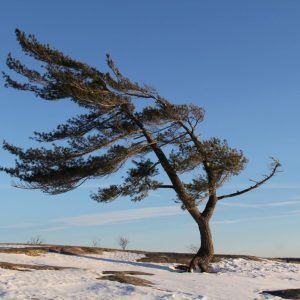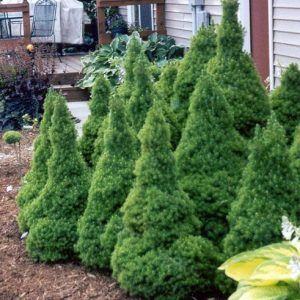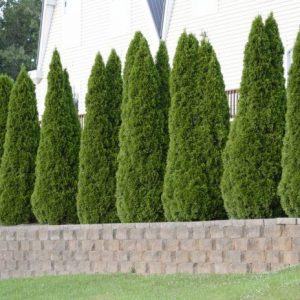The Chipps Tree Care tour of elms across the world is reaching a close, but before we come back to Edmonton, we wanted to make one last stop a little closer to home. Like Edmonton, Winnipeg has a vast forest of elms; in fact, estimates place the number between 230,000 and 275,000 – more than any other city in North America. However, the city is home to one of the most aggressive strains of Dutch elm disease around and it’s been present since the 1970s. It’s not a problem Edmonton has had to deal with, but Alberta is one of the last places in North America free of the issue. At Chipps, we think that’s thanks to homeowners keeping a watchful eye on their trees and taking care of our urban forest.
How does Winnipeg manage to keep so many of this vulnerable species standing? In the 1980s, provincial and local governments responded with a comprehensive plan for managing their problem. The strategy involved regular inspection and surveillance to identify sick trees, injecting those that were at-risk with a fungicide, cutting down those that were too sick to save, and replanting. The program cost millions, but it’s saved thousands of trees that are estimated to be worth over $800 million dollars.

The urban forest is a big investment for municipalities. Street-covering canopies improve the value of homes, and studies have shown that people spend more time and money at businesses that are in shady or sheltered environments. They’ve been proven to improve city-dwellers’ emotional well-being and promote safer cities.
The danger of DED is that it can transform a beautifully canopied city into a desert in a matter of years if left unchecked. Places that have planted a number of the same species across the board are particularly vulnerable to damage. As we’ve seen in New Haven, Connecticut and Paris, France monoculture is a recognized danger, so replanting programs favour diversifying a local population. Many cities that primarily used ashes after DED swept through are staring down a similar crisis today as the emerald ash borer attacks streets and boulevards across North America.
Alberta’s proactive response to the spread of DED may be saving taxpayers millions of dollars while still preserving our native forests. As Winnipeg is beginning to discover, the will to keep preventative programs running doesn’t last forever. Critics have claimed that recent budget cuts led to the loss of 6,000 elms in 2015.
Keeping Edmonton’s forest healthy is a challenge that homeowners have to face, too. Most of Winnipeg’s infected examples are on private property, according to city worker Martha Barwinsky. Chipps Tree Care’s arborists can help out: they’re certified with the ISA (International Society of Arboriculture) and trained to recognize signs of arboreal pests and diseases on your property. If you notice blight like weak and faded leaves in the spring, bark splitting, flagging branches, or crown dieback, give our arborists a call. We can tell you all you need to know about your problem, and prune or remove any diseased trees safely and responsibly.

























